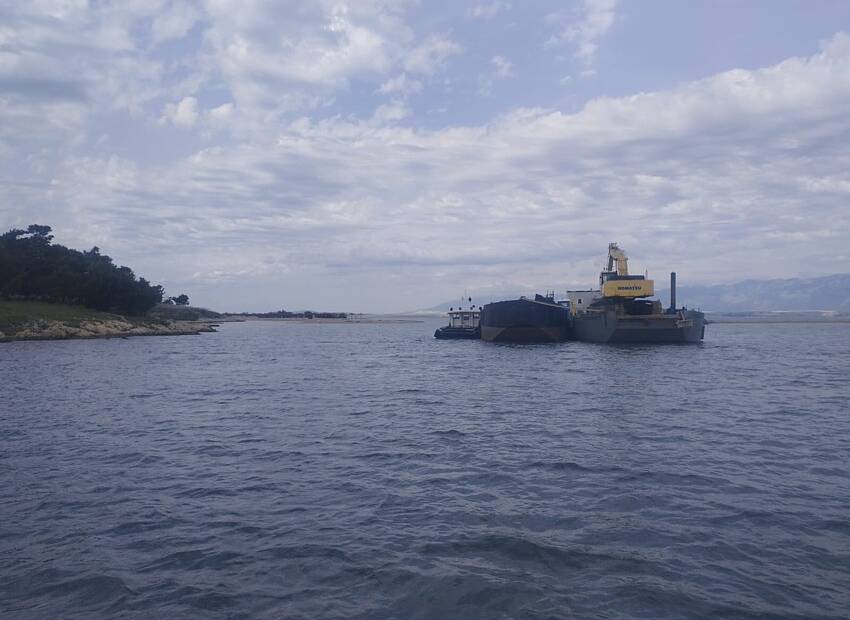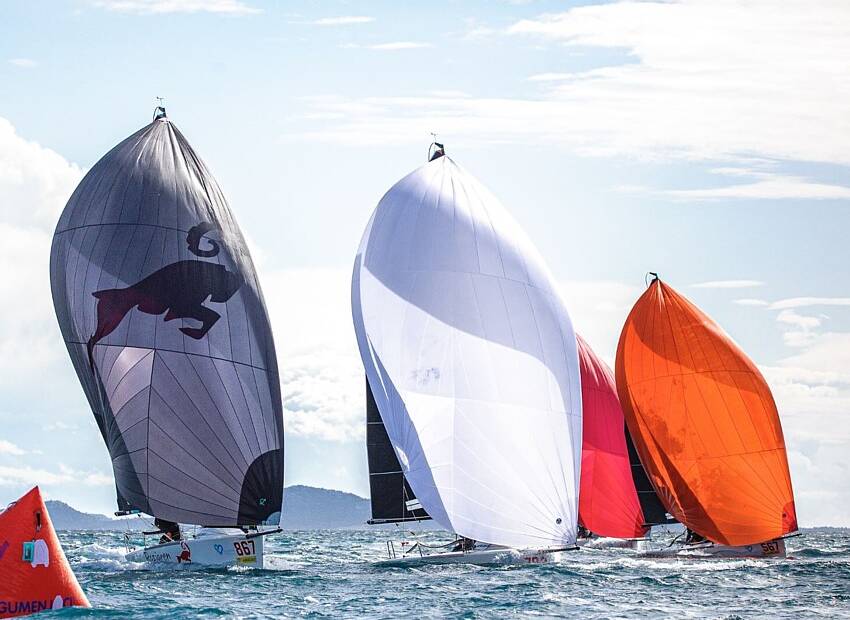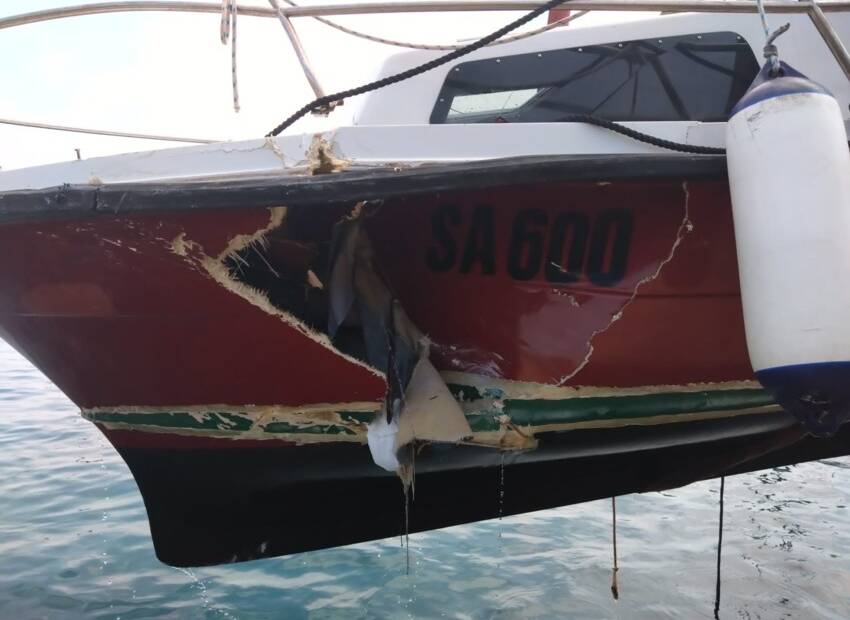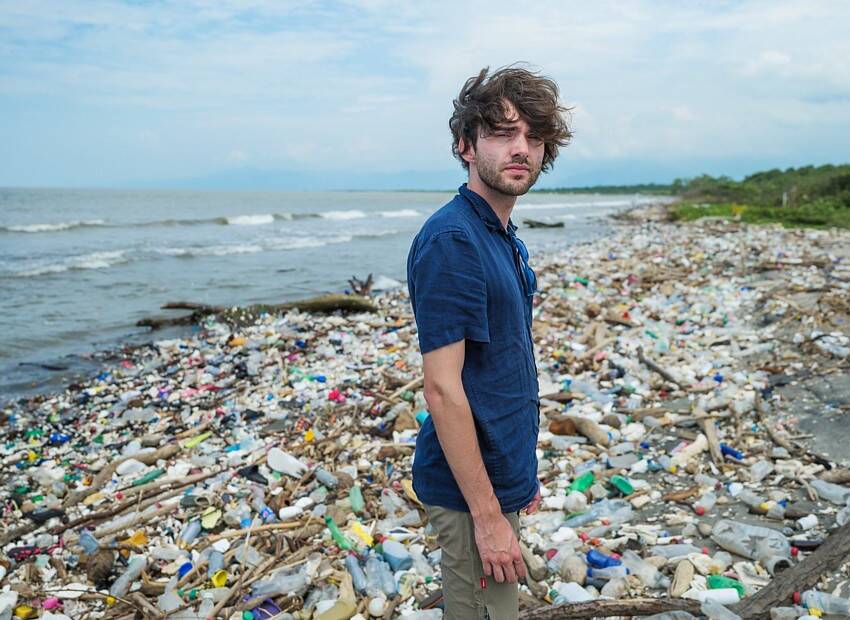.Imagine the massive breadth and spread of the country of France, or the state of Texas in the USA. Now imagine every milli-inch of that piled high with trash: bottle caps, cigarettes, cigarette lighters, tampon applicators, plastic nets, discarded flip flops, Frisbees, soda bottles, milk jugs, diapers, six-pack rings, busted tennis rackets, empty pens, shampoo bottles, empty squeeze bottles of jam, you name it.
Now take that image, double it, and plunk into the water. That's what is floating around the eastern corner of a 10-million-square-mile oval known as the North Pacific subtropical gyre. Nicknamed the 'Eastern Garbage Patch,' this buoyant stew of toxic pollution-most of which is plastic-is only one of five such garbage heaps caught in the swirling high-pressure currents characteristic of gyres.
The others reside in the South Pacific, the North and South Atlantic, and the Indian Ocean. And each year, perhaps unwittingly, each one of us adds to plastic to the heap.
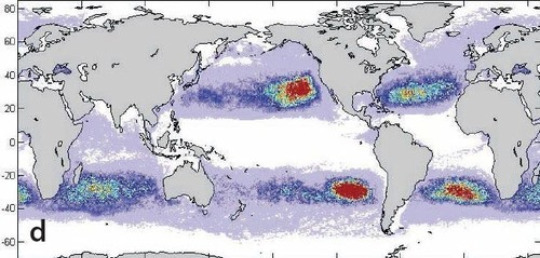
The effects of these garbage heaps, as well as of the smaller, free-floating pollution, has a devastating effect on marine life, wild life, and human life. Birds mistake small colorful pieces of plastic for food and ingest them. One washed-ashore seabird was found to have 1,603 pieces of plastic in his stomach.
Fish, sharks, and turtles die, entangled in discarded ropes and nets. Sea turtles' shells are deformed by suffocating plastic bands they can't remove. humpback whales drag plastic nets that both cut into their flesh and impair their hunting. The list goes on. Already, over a million seabirds, one thousand marine mammals, and innumerable fish die in the North Pacific each year due to swallowing our trash or drowning in it.
If this isn't enough to elicit action, how about the effects this pollution is having on people? Scientists have linked obesity, infertility, and depression with the entry of these pollutants into the food chain. The majority of the trash invading our oceans is plastic. With the exception of the small amount of plastic that's been incinerated-producing some of the most toxic gases imaginable-every ounce of plastic ever made is still on our planet. Even when reduced to a single molecule, plastic remains too tough to biodegrade. Instead, its chemicals are leaching into our oceans and we in turn are drinking, eating, and absorbing them through our skin every day.
In marine environments, these chemicals have had a startling effect on the endocrine system of birds and fish, sometimes resulting in female sex organs on male species. The corresponding effects on humans have only begun to manifest, but many scientists believe that by mimicking the female hormone estrogen, these chemicals are the root of the current upswing in obesity, the decline in birth rates, and the increase in cancer and diabetes. These chemicals are especially dangerous in the systems of newborns, whose brains, immune systems, and gonads are still developing. Just because these toxins do not cause instant and ferocious reactions, does not mean they are safe.
Plastic makes it into our oceans in a variety of ways. About twenty percent of it comes from goods lost from boats: i.e. accidental loss of fishing tackle and other recreational gear, massive shipping containers carrying millions of plastic items washed overboard during severe storms; litter from pleasure boats, or illegal dumping of unwanted goods. Beachgoers' debris is also a contributor.
The other eighty percent is swept in from land. Just as Nonpoint Source Pollution from fertilizers, detergents, and pesticides find their way into our waters, so too are plastic items washing into our blue oceans. A discarded bottle cap or an empty sandwich bag thoughtlessly left along the side of the road will eventually be blown or kicked or washed into a storm drain, which will then shoot it straight into the ocean. Not all plastic floats. In fact, nearly half of it sinks to the bottom of the ocean where there it brings death and destruction to the bottom of the ocean floor. Additionally, plastic is made from petrochemicals; so every disposable toothbrush we buy or plastic bag we do not reuse adds to our already crippling dependence on oil.
Plastic came into being in 1865 with the best of intentions as it was meant to save the elephants! A scientist named John Wesley Hyatt created celluloid, the first plastic product given a trade name, as a synthetic replacement for ivory billiard balls. After that came rayon, Teflon, polypropylene, and the list goes on. Certainly, plastic has made it easier to live the 'easy' life. No need to carry cash or write a check or hang on to razor.
Plastic has been of invaluable service in the medical and scientific world. But do we need quite so much of it? For instance, the US Environmental Protection Agency estimates that between 500 billion and a trillion plastic bags are consumed worldwide each year. And where do those used bags end up? Often as a 'raincoat' for some hapless seabird or a 'necklace' for a sea otter, and these are the lucky ones who don't mistake the bags for food.
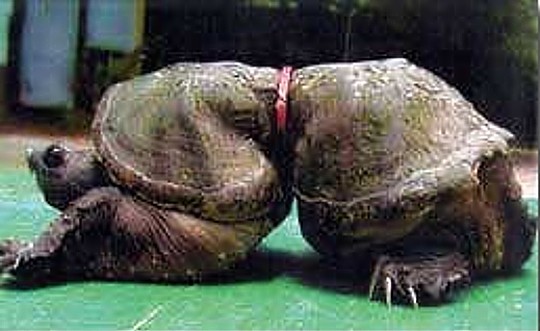
Much about plastic can be misleading. For instance, those circular arrows stamped into each piece mimic our recycling symbol leading consumers to believe when they're through with it, the product will be recycled when in fact the symbol only denotes type of plastic. Of the seven types of plastic available only three-PET (1), HDPE (2) and PS (6)-are considered 'easy' to recycle.
The vast majority of municipal recycling centers don't even accept the other types which include such heavily used plastics as wrapping films, dry cleaning bags, sandwich bags, grocery bags, baby bottle nipples, medical tubing, shower curtains and Tupperware. According to Algalita's website, of those plastics collected, less than three percent actually end up recycled. Reheating temperatures run too low to burn off contaminants, plus it's often cheaper to produce virgin plastic than to recycle it. So most of the plastic our recycling companies are so diligently collecting ends up in landfills or in our oceans.
Fortunately, a lot of people are taking the plastic crisis seriously. Several countries, for instance, have banned or substantially taxed-or are moving toward doing so-plastic bags. These countries include Bangladesh, China, Ireland, Rwanda, Israel, Canada, Western India, Botswana, Kenya, Tanzania, South Africa, Taiwan, Sweden, Germany and Singapore.
Many cities in England have instituted citywide bans, with London recently coming on board; across the Channel, Paris too has joined the ban. In 2007 San Francisco became the first American city to ban plastic shopping bags, with Boston, Portland and Phoenix considering following suit. New York City now requires large stores and retail chains to recycle plastic bags. And trendsetter Whole Foods has banned the use of plastic bags in all 270 of their worldwide stores.
This is all encouraging, but only a drop in the proverbial bucket and there is much we can do without waiting for laws, much YOU can do, right now:
Use durable fabric shopping bags;
Whenever possible, choose bio-plastics, glass or paper;
Return broken plastic goods to the manufacturer;
Please do not litter.;
Pick up a piece of plastic on your way home from sailing and place it in a recycling bin;
Support environmentally responsible companies who are recycle plastic.
Compost and recycle everything you can;
Sweep your sidewalk rather than hosing it;
Buy in bulk, avoiding smaller containers that will need to be disposed of;
When appropriate, send letters to companies about over packaging or plastic packaging;
Buy less and when you do make a purchase, avoid excessive packaging;
Repair whatever goods you can before considering replacing them;
If you live near a body of water, volunteer to help clean up the trash;
Reuse flimsy plastic bags used for bulk purchases or choose paper instead.
Cut the rings of plastic six-pack holders, which lowers the chances of entanglement with marine animals should that holder make it out to sea.
Remember, even if we stopped producing all plastic right this very second there is still 143 years worth of it that has already been produced. Spread the word: many people are unaware of how the choices they're making and the products they're purchasing affect the environment.
People want this information; it feels good to do the right thing.














